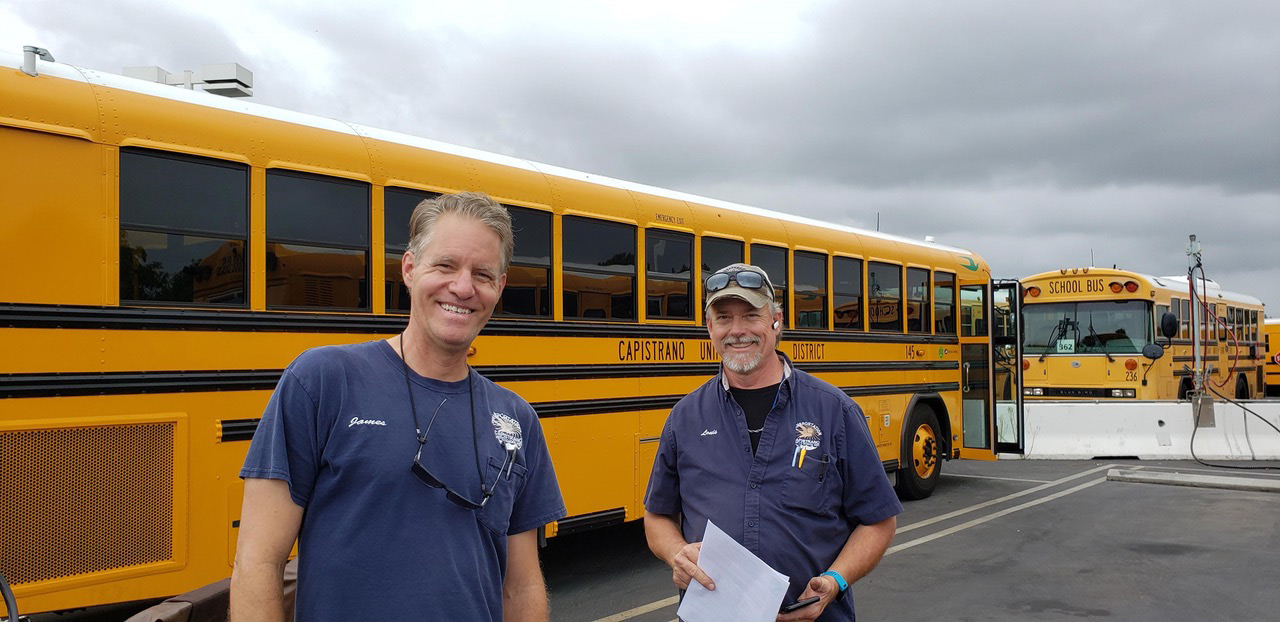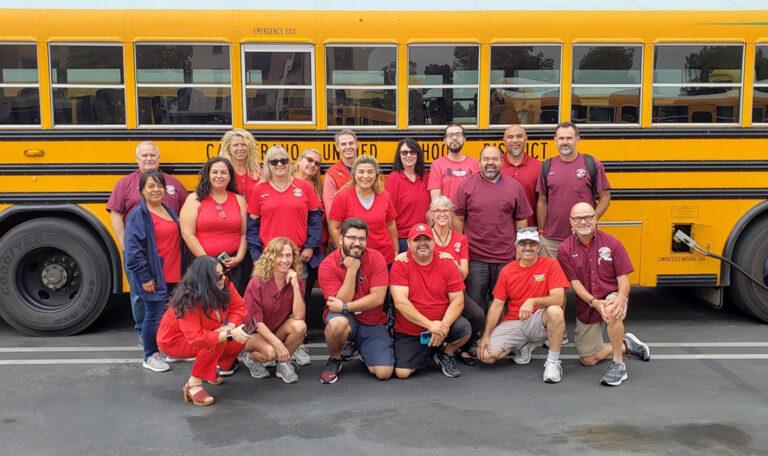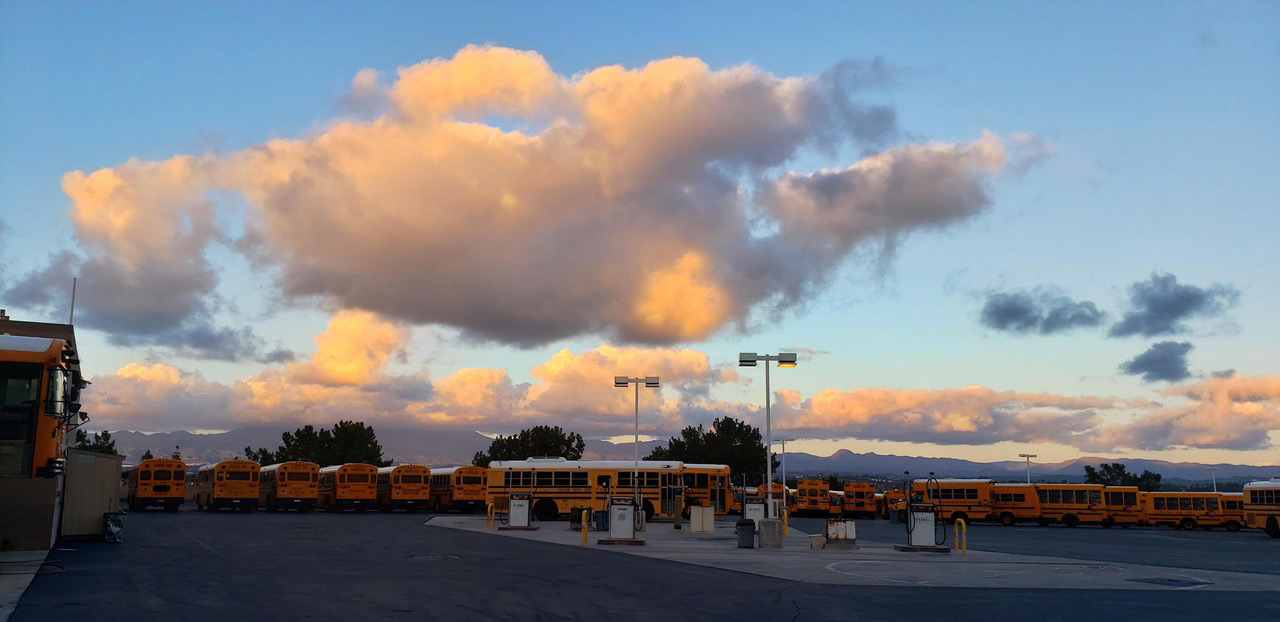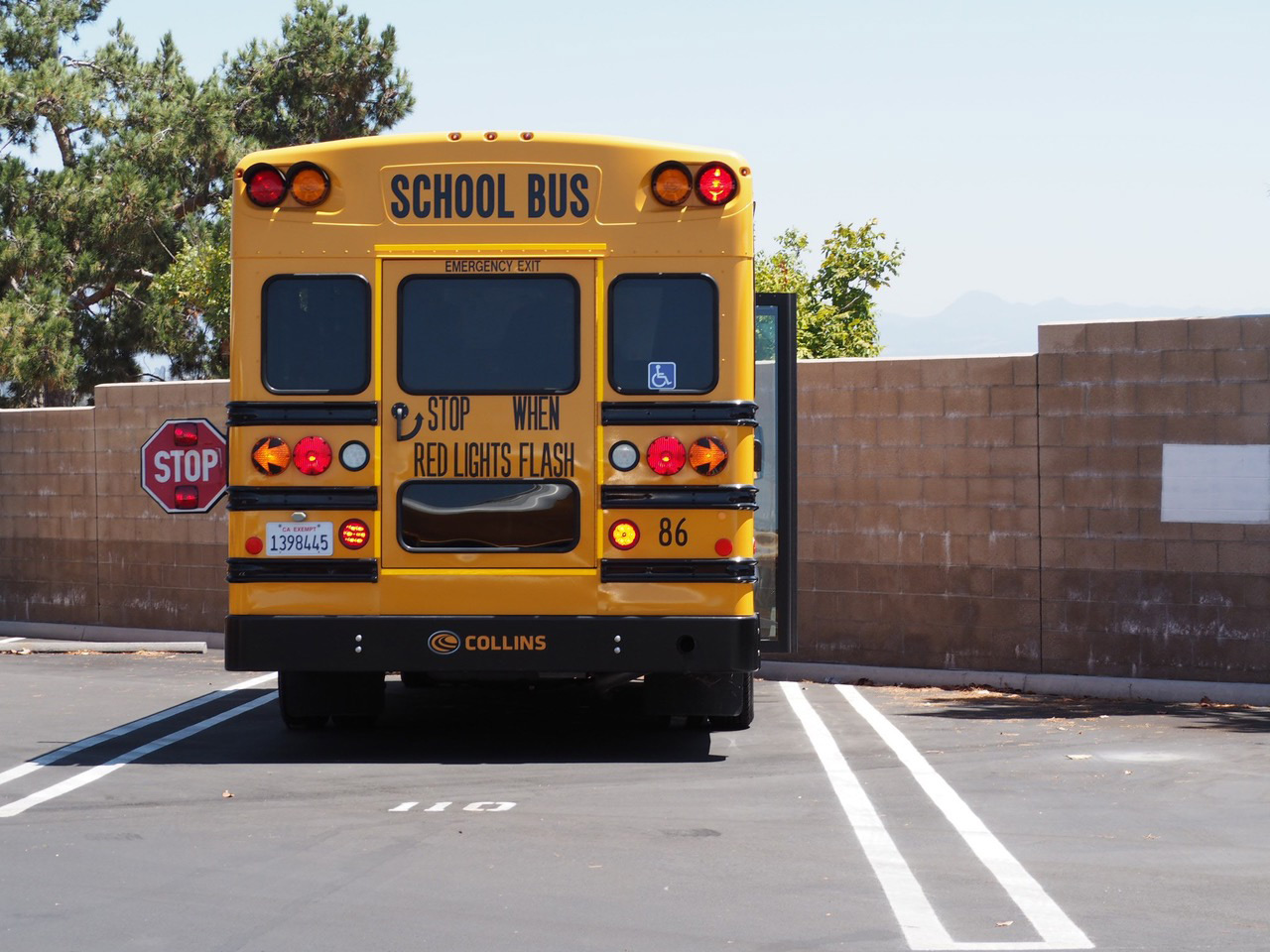Every day, more than 25 million children across the country climb into yellow school buses and ride them to and from school and related activities.
This week is National School Bus Safety Week, which serves as a reminder to parents, students, and the community to keep school bus safety at the forefront.
To observe the importance of school bus safety, Capistrano Unified School District has joined forces with the National Association for Pupil Transportation in striving to serve the needs of more than 54,000 district students with safe, reliable and efficient transportation services.

“It really takes the entire community to make sure kids are safe in and around school buses,” said Carlos Chicas, transportation director at Capistrano Unified School District. “One of the big things school bus drivers are taught is to be professional and drive defensively. At any moment, a motorist can make a bad decision on the road and you have to be on the look-out. That’s ingrained in the mind of the school bus driver.”
School bus transportation plays a critical role in the education of students, Chicas said, and it’s the direct link between a neighborhood and the classroom.
These dedicated 116 CUSD drivers – some have served for more than 30 years – ensure that school buses remain the safest form of transportation in America. The National Highway Traffic Safety Administration says students are 70 times more likely to get to school safely when taking a bus instead of a car.

While it’s a minimum of 40 hours to train behind the wheel, CUSD school bus drivers volunteer for more training, averaging 60 to 80 hours to further prepare and perfect driving skills before taking their California Highway Patrol test, Chicas said. They also are all required to pass an extensive background check before they receive a license to drive a school bus.
School bus drivers, mechanics, dispatchers and other school transportation personnel are the safest and most qualified in the state, Chicas said. They also care about kids and the community, knowing that parents want the peace of mind that comes from trusting behind the wheel.
Chicas said when behind the wheel, drivers follow the acronym, IPDE, meaning “Identify, Predict, Decide, Execute.” The motoring public is not going to be the best of drivers, and school bus drivers have to constantly observe the road, decide an action to take and then carry it out.
The most challenging facet of driving a school bus is the expectation to maintain an orderly bus, he noted. Bus drivers are taught people management skills and learn certain techniques to implement while having their backs to students. Much of that training is taught after they gain more exposure with students, and CUSD offers a cadet program where experienced bus drivers ride along with newer drivers to share additional instruction.

“If you’re near or behind a bus, you have to be respectful,” Chicas said. “It can be very dangerous and we are committed to the highest degree of safety in transportation.”
Chicas encouraged the community to read the provided tips from the National Association for Pupil Transportation to keep children safe at the bus stop:
Getting Ready for School
Have your children put everything they carry in a backpack or school bag so that they won’t drop things along the way.
Encourage them to wear bright, contrasting colors so they will be more easily seen by drivers.
Make sure children leave home on time so they can arrive at the bus stop before it arrives, ideally at least five minutes early. Running after or in front of a bus is dangerous.
Walking to the Bus Stop
Walk young children to the bus stop or encourage children to walk in groups. There is safety in numbers; groups are easier for drivers to see.
Practice good pedestrian behavior: walk on the sidewalk, and if there is no sidewalk stay out of the street. If you must walk in the street, walk single file, face traffic and stay as close to the edge of the road as you can.
Stop and look left, right and then left again if you must cross the street. Do the same thing at drive-ways and alleys. Exaggerate your head turns and narrate your actions so your child knows you are looking left, right and left.
At the Bus Stop
Have children wait in a location where the driver can see them while driving down the street. Try to avoid waiting in a house or car.
Do not let children play in the street. Playing with balls or other toys that could roll into the street can be dangerous.
Getting On and Off the Bus
Warn children that if they drop something getting on and off the bus, they should never pick it up. Instead, they should tell the driver and follow the driver’s instructions.
Remind children to look to the right before they step off the bus.
If you meet your child at the bus stop after school, wait on the side where the child will be dropped off, not across the street. Children can be so excited to see you after school that they dash across the street and forget the safety rules.
Mobile Devices
Cell phones and other electronic devices are often permitted on the school bus as long as:
- They are in backpacks or other holders, keeping hands free to use handrails while boarding and departing the bus.
- Sound is muted or headphones, ear buds or similar devices are used.
- Content does not violate the law or school district policy and procedures.
- Use does not create a distraction for the driver.

